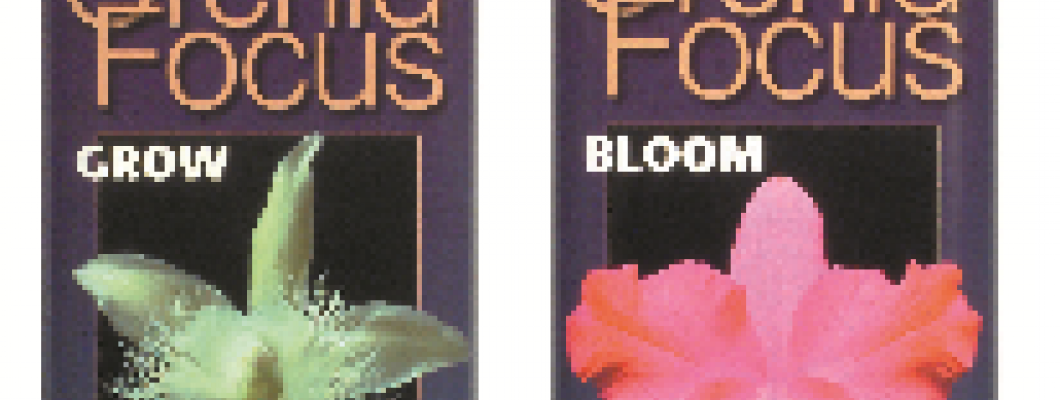To Feed or Not to Feed

As many of our houseplant orchids originate from the jungle and grow on trees as epiphytes, extra food is pretty sparse up in the forest canopy. This is why orchids are not heavy feeders and so need only careful feeding and not to be overfed. Some growers choose not to feed at all, either through choice because their plants do well enough without it, or because it gets forgotten, easily done, and certainly orchids will grow fine without any extra fertiliser. However, like any living thing, if you give some extra nutrients, it can lead to be bigger, healthier and happier plants in the long run. It can also encourage re-flowering and help plants regain strength.
In our nursery we add fertiliser to the water that we spray onto the leaves and pour through the pots. Orchids will take up the nutrients through their roots but also when used as a foliar feed it will be absorbed into the plant through the leaves. We don’t recommend adding fertiliser with every watering as a build up of salts in the pot and inside the plant can be detrimental. Instead, every second or third watering is enough, allowing at least one plain watering in between to flush the roots and prevent build up. This regime is what we would recommend for your plants too.
The most effective time to feed is when the plant is actively growing, that is making leaves and roots, not necessarily flowers, as some orchids bloom when the plant is actually having a rest from growing. Many varieties grow in the spring and summer but this is not across the board. Other types may grow specifically during the winter months and Phalaenopsis can produce leaves at any time of year. So, the answer is to look at your plants and see what they are doing. No matter what the month or season, if the orchid is actively making leaves and roots then it will benefit from a high nitrogen “Grow” formula of orchid food. Once the leaves have grown, or new pseudobulbs have fully matured, and are not getting any larger, then you can switch to a high potash “Bloom” formula orchid food. This will help to finish off the growth phase and encourage the flowers to be produced. Do not wait until flowers are appearing before giving the “Bloom” food otherwise you may give too much nitrogen which only goes to encourage even more leaves, and not flowers! If your orchid, a Phalaenopsis for example, has not flowered for a very long time and is a healthy plant, try adding “Bloom” feed to its water once every couple of weeks and hopefully this will encourage flowering.
We prefer adding the fertiliser to the water and also misting it on to the leaves and we supply concentrated Orchid Focus feeds and ready to use Orchid Myst. Honestly I am not sure how effective the drip feeders are as I feel they are more likely to just drip through the pot and not reach the plant, especially when they are potted in the open bark compost, hence we do not sell these.
For best results keep your feeding simple and don’t overdo it!
